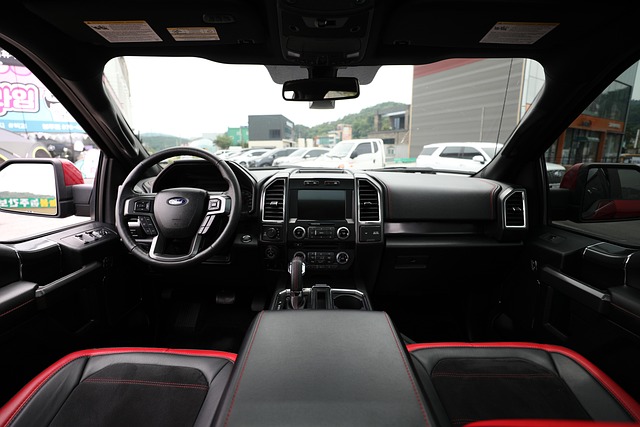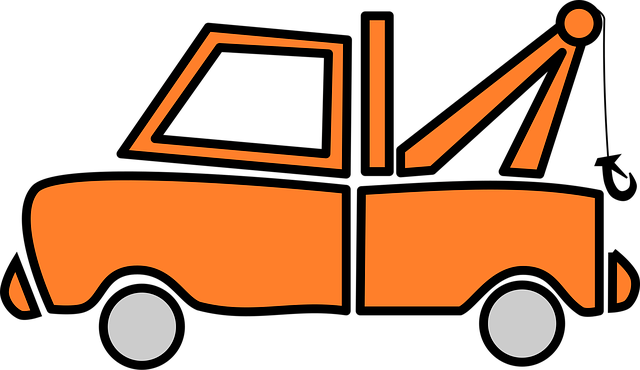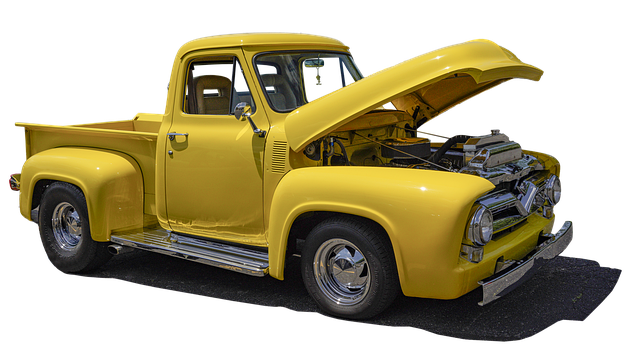“Unsure about registering your car in California? This comprehensive guide breaks down the process step by step. From understanding the essential requirements for car registration in the Golden State to navigating the DMV’s VIN verification, you’ll learn what documents to gather and how to prepare your vehicle. We’ll walk you through visiting a local DMV office, completing the registration process, and post-registration tasks like insurance, license plates, and annual renewal. Get ready to hit the road legally!”
- Understand the Requirements for Car Registration in California
- Gather Necessary Documents for DMV VIN Verification
- Prepare Your Vehicle for Inspection and Title Transfer
- Visit a California DMV Office and Complete the Registration Process
- Post-Registration Steps: Insurance, License Plate, and Annual Renewal
Understand the Requirements for Car Registration in California

Before registering your car in California, it’s crucial to understand what’s required. The California Department of Motor Vehicles (DMV) mandates several steps for car registration, including a thorough vehicle inspection. This involves verifying the Vehicle Identification Number (VIN) to ensure the car’s authenticity and history. A key part of this process is the DMV VIN verification, which checks for any discrepancies or potential theft in the vehicle’s records.
Additionally, consider utilizing mobile VIN verification services, offering a convenient and efficient way to complete this step. These mobile vin verifiers streamline the inspection by providing real-time data access, allowing you to address any issues promptly. Ensuring your car meets all these requirements is essential for a smooth registration process.
Gather Necessary Documents for DMV VIN Verification

Before heading to the DMV for car registration, ensure you have all the required documents for a smooth dmv vin verification process. This typically includes your vehicle’s registration certificate, proof of insurance, and valid identification like a driver’s license or state-issued ID. Additionally, you’ll need the Vehicle Identification Number (VIN) from your car, which can be found on the dashboard near the window or on the vehicle’s title document.
For a mobile vin inspection or mobile vin verification service, some companies might require specific documentation as well. These services offer convenient alternatives to traditional dmv vin verification, allowing you to complete the process from the comfort of your home or office. Always check with your chosen provider for their exact requirements.
Prepare Your Vehicle for Inspection and Title Transfer

Before heading to the California DMV for registration, ensure your vehicle is ready through a thorough preparation process. This involves a crucial step: having your Vehicle Identification Number (VIN) verified. You can facilitate this with a mobile vin verifier or conduct a vin inspection yourself by checking the VIN plate located on the vehicle’s driver-side door frame. This number is essential as it provides critical information about your car’s history, making it integral for the registration process and ensuring compliance with DMV standards.
During preparation, double-check that all necessary documents are in order. These typically include proof of ownership (a clear title), valid insurance, and a current vehicle inspection report if required by local regulations. Additionally, having accurate and up-to-date information on hand will streamline the registration process at the DMV, saving you time and potential headaches.
Visit a California DMV Office and Complete the Registration Process

To register your car in California, the first step is to visit a local DMV office. Bring all necessary documents, including proof of ownership, vehicle identification number (VIN) verification, and valid identification. The DMV will conduct a thorough inspection of your vehicle to ensure it meets safety standards and environmental regulations. This process includes checking the VIN, which is crucial for identifying your car’s history and ensuring it’s not stolen or has any outstanding issues.
During the registration process, you’ll also be required to provide proof of insurance and pay the applicable fees. A mobile vin verification service can be a convenient option if you prefer not to visit a physical office. These services allow for quick and easy VIN inspection, saving you time and potentially offering more flexibility. Remember, proper documentation and adherence to California’s regulations are essential to ensure a smooth registration experience.
Post-Registration Steps: Insurance, License Plate, and Annual Renewal

After successfully registering your vehicle with the DMV, there are a few key steps to complete before hitting the road. One essential post-registration step is obtaining insurance coverage for your car. California requires all vehicle owners to have liability insurance, and proof of insurance must be presented during registration and at all times while driving. You can choose from various insurance providers, and it’s recommended to compare rates to find the best option that suits your needs.
Additionally, you’ll need to obtain license plates for your vehicle. The DMV will issue a set of plates after registration, which should be securely fastened to your car. Another crucial annual task is renewing your registration. California residents must renew their vehicle registration before it expires, typically every year. This process can be done online or in-person at a DMV field office, and it’s important to stay on top of this renewal to avoid penalties and ensure your vehicle remains legally operable. Consider setting reminders for future renewals, especially if you opt for digital notifications from the DMV.
Registering a car in California involves several straightforward steps, from understanding the requirements to completing the DMV VIN verification process. By gathering all necessary documents, preparing your vehicle for inspection and title transfer, and visiting a local DMV office, you’ll have your vehicle registered in no time. Remember to follow up with post-registration tasks like insurance acquisition, license plate placement, and annual renewal to maintain compliance with California’s motor vehicle regulations.



